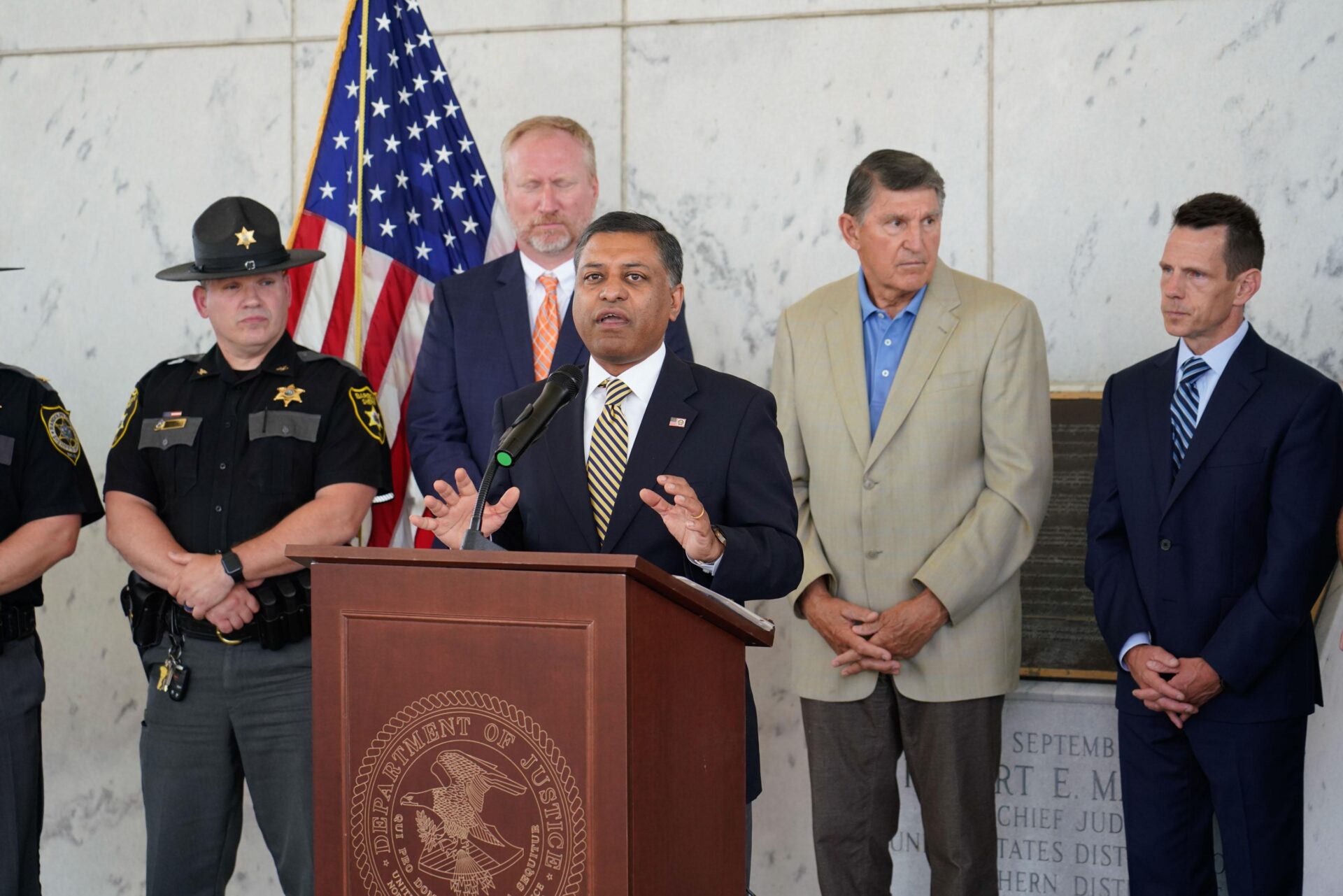Another West Virginia county has been designated as an area with high drug trafficking.
Wood County, West Virginia and fifteen other counties nationwide are being added to the list of High Intensity Drug Trafficking Areas.
In May, U.S. Senator Joe Manchin and Congressman David McKinley wrote a letter to National Drug Control Policy Acting Director Richard Baum, asking for Wood County to the receive the federal designation.
According to a news release, the designation will enable Wood County to receive federal resources to coordinate and develop drug control efforts among federal, state and local law enforcement officials. It also will allow local agencies to benefit from ongoing initiatives working to reduce drug use and its consequences across the country.
“I’m glad Director Baum has answered our calls to declare Wood County a High Intensity Drug Trafficking Area,” said Manchin in the release. “The opioid epidemic is impacting every way of life in our state and it is crucial our law enforcement officials and drug task forces are well equipped to combat the influx of drugs coming into our state.”
“We need all the help available to fight drug epidemic ravaging our communities,” McKinley noted in the joint release with Senator Manchin. “The HIDTA program gives law enforcement additional resources to take drug traffickers off our streets.”
Wood County is the 21st county in West Virginia to be designated as a High Intensity Drug Trafficking Area. Berkeley, Boone, Brooke, Cabell, Hancock, Harrison, Jefferson, Kanawha, Lincoln, Logan, Marshall, McDowell, Mercer, Mingo, Monongalia, Ohio, Putnam, Raleigh, Wayne and Wyoming counties have also received the federal designation.
